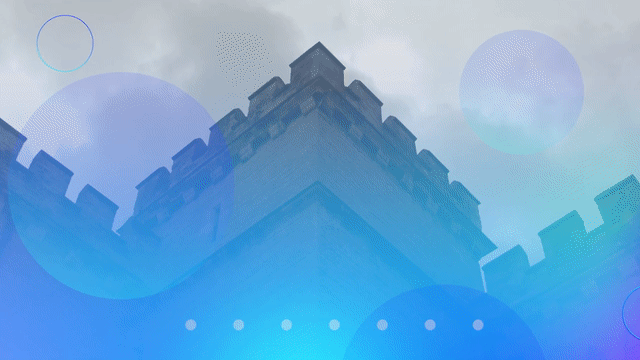Cylera
For healthcare protection… choose Cylera
Cylera solves the complex technological and operational cybersecurity challenges that hospitals face.
It’s the only centralised cybersecurity solution that protects the entire connected healthcare IoT environment.

Cyber attacks on medical IoT devices can have some incredibly serious consequences. They can put patient safety at risk, disrupt healthcare operations, and lead to financial losses.
Here’s a breakdown of Cylera’s security solution
Hospitals and healthcare organisations face unique cybersecurity challenges. Patient data is highly sensitive, and the consequences of a security breach can be life-threatening.
That's where Cylera comes in, providing a range of solutions specifically designed for healthcare organisations.
The platform provides real-time visibility into medical device activity, helping healthcare organisations to identify and manage potential security risks. With Cylera you gain access to risk management and vulnerability scanning, helping to identify and prioritise potential security threats, network segmentation and access control, ensuring that only authorised personnel can access sensitive patient data.
Cylera will enable you to improve your cybersecurity posture and protect your patients' data. Cylera will become an essential part of your cybersecurity strategy, with their commitment to helping healthcare organisations build a secure and resilient infrastructure, so you can focus on what really matters: delivering quality patient care.
The number of medical IoT devices in use is expected to grow from 1.6 billion in 2020 to 30.7 billion by 2025.
Let us talk about Morecambe Bay….
A place where a mean wind can whistle across the mystical sands, gulls, and a pair of shelduck can often be seen flying by, highlighted by spectacular light. Within this magical area lies Morecambe Bay NHS which has migrated to Cylera to fortify its cyber security and IoT infrastructure.
How it works:
Threat Detection and Prevention
Cybersecurity systems, like Cylera, use various techniques, such as intrusion detection systems (IDS) and intrusion prevention systems (IPS), to monitor network traffic and identify suspicious activities or known threats. Firewalls are another critical component that controls the incoming and outgoing network traffic based on predefined security rules.
Vulnerability assessment
Regular vulnerability assessments are performed to identify weaknesses in systems, networks, or applications. This involves scanning for known vulnerabilities and misconfigurations, and then patching or mitigating those vulnerabilities to reduce the risk of exploitation.
Access Control and Authentication
Strong access control mechanisms are implemented to ensure that only authorised individuals can access sensitive information or systems. This includes using strong passwords, two-factor authentication (2FA), and role-based access control (RBAC).
Encryption
Encryption is used to protect data in both transit and at rest. It involves encoding information in such a way that only authorised parties can access or decipher it, thereby preventing unauthorised access or eavesdropping.
What makes it unique?
Medical devices are fragile and can’t be scanned in real-time due to the risk of taking them out of service while in use on patients. Cylera is the only vendor that learns the behaviour of each medical device and creates a virtual ‘digital twin’ of each device. This means customers are notified in real-time of unusual user behaviour, vulnerabilities, threats and outdated firmware without any disruption to patient care.
Cylera benefits medical device engineering by providing deep medical device utilisation analytics, which can be used to optimise patient scheduling and medical device maintenance.
Cylera automatically identifies Zero-Day devices and Zero-Day protocols. In other words, if a new and unknown medical, OT or IoT device is dropped onto the network, Cylera is the only vendor that will identify it and proactively notify the customer about the device and its physical location. No other vendor can provide this level of visibility and protection.
Security Monitoring and Incident Response: Continuous monitoring of systems and networks helps identify security incidents or breaches. Security operations centres (SOCs) and incident response teams are responsible for detecting, analysing, and responding to security events in a timely manner.